You are here
Declared a National Wildlife Refuge in 1915 by President Woodrow Wilson, this 636-acre refuge north of Sequim, Washington, serves as an important breeding ground and spring staging area for hundreds of species of migratory shorebirds, a haul-out and pupping area for harbor seals, and a nursery habitat for variety of salmon.
Formed by the Vashon Glacier approximately 10,000 to 20,000 years ago, the 5.5-mile long Dungeness Spit is one of the world's longest natural sand spits. On the easternmost tip of the spit sits the New Dungeness Lighthouse, which was the first lighthouse built along the Strait of Juan de Fuca. It has been in continuous operation since 1857, when the first oil lamp was lit. The lighthouse offers week-long stays as a keeper. Jutting south from the midpoint of the Dungeness Spit is Graveyard Spit, which earned its morbid name from a massacre of eighteen Tsimshian by a band of S'Klallams in 1868.
Kayaking in the bay is an exciting way to explore this rich sanctuary, and curious seals will likely accompany any boat on the water. Along the shoreline, seals and seal pups can be seen resting on the beach; please do not approach any beached seals, as human intrusions into the habitat will easily disturb the seals and their pups, and larger male seals can get rather defensive. Eagles, hawks, cranes, and many other types of birds populate the sky and much of the shoreline. Use caution during tidal changes, as the waters around the southern tip of Graveyard Spit and the northern tip of Cline Spit can move rather quickly.
Visiting New Dungeness Lighthouse
Tours are available daily from 9 a.m. to 5 p.m. and you can actually spend a week at the lighthouse by volunteering with the New Dungeness Lighthouse Association. Anyone can spend a week in the lighthouse keepers quarters and enjoy the wonder of this isolated retreat. Think of it as a vacation rental (you do have to pay) with a few modest responsibilities, chiefly greeting all visitors and hosting tours. Learn more and getting pricing details by visiting www.newdungenesslighthouse.com or by calling 360.683.6638. Note that volunteers have the option of being driven directly to the lighthouse.
In total, the Puget Sound is home to 19 U.S. lighthouses still standing, not all of which are currently in use. Lighthouses and light stations include (from north to south):
- Patos Island Lighthouse
- Turn Point Lighthouse
- Lime Kiln Lighthouse
- Cattle Point Lighthouse
- Burrows Island Lighthouse
- Admiralty Head Lighthouse
- Point Wilson Lighthouse
- Marrowstone Point Lighthouse
- Bush Point Light
- Mukilteo Lighthouse
- Skunk Bay Lighthouse
- Point No Point Lighthouse
- West Point Lighthouse
- Alki Point Lighthouse
- Point Robinson Lighthouse
- Browns Point Lighthouse
- Gig Harbor Lighthouse
- Dofflemyer Point Lighthouse


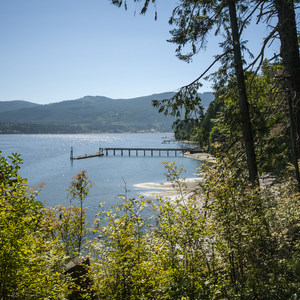

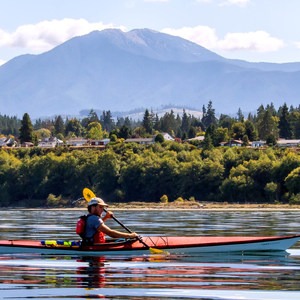
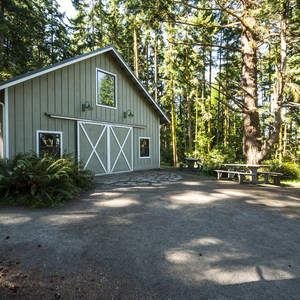
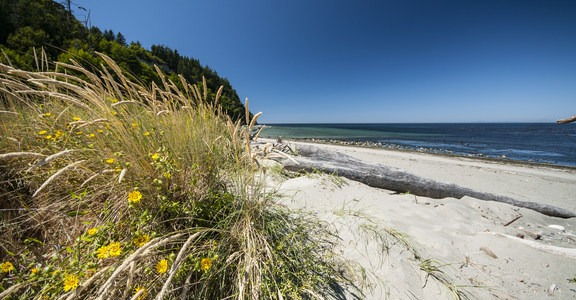
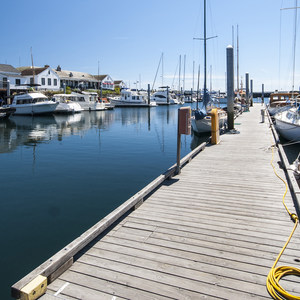



Comments
Sign In and share them.